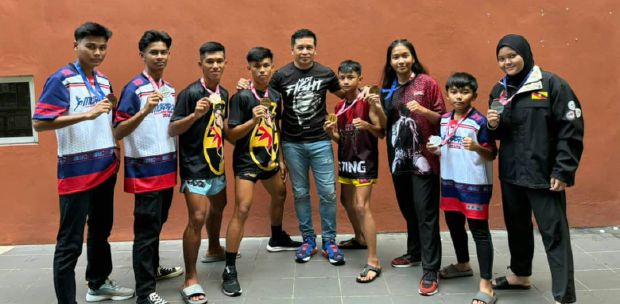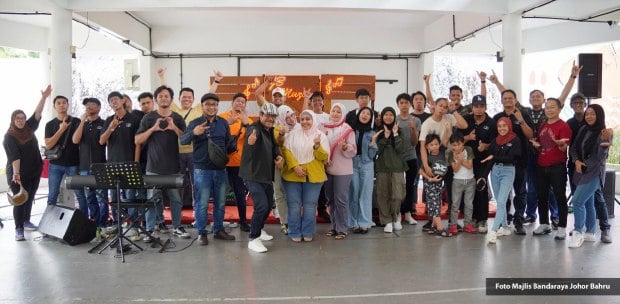IT all began when my mother sent me to my first taekwondo class at a community sports hall in Alor Star during my first year of primary school.
I was a chubby kid with a round head topped with short and spiky hair. Kids in school would call me "durian" because of my head and hair combo.
I didn't mind being called names. I just shrugged them off and minded my business.
I think concerns about my health and social abilities were the main reasons my mother enrolled me in a taekwondo class. I was active for only five years. I practised hard and earned a brown belt, one level before black belt. It was a fun five years. The fun had to end when I reached my sixth year in primary school.
I decided to focus on my studies to pass with flying colours in the Ujian Pencapaian Sekolah Rendah. My decision to stop taekwondo had me shut off any deep connections to this Korean martial art.
My next experience with martial arts occurred six years later when I was in San Diego for a 10-month pre-university course at Miracosta Community College.
This time, I was the one who took the initiative. Previously, my heart was not into martial arts but other uniformed activities, such as becoming a scout and an army cadet in high school.
My fascination with martial arts was rekindled by my late father's tale of the exploits of my ancestors. Not only did I become more fascinated with martial arts, it also gave me a strong base for my identity.
According to my family history, one of my ancestors was a warrior-general, or panglima perang, from Bangkinang in Sumatra.
One of the main features of this ancestor was his long hair that stretched all the way down his back. He fought against Dutch tyranny and had many victories.
However, due to treachery, he was caught and drowned by his enemies in the river next to his house (the story also says that the Dutch tried to stab and shoot him, but he was unharmed).
Whatever the outcome, this ancestral feat was and still gives me a sense of pride in my heritage and a strong sense of identity, especially when coupled with my knowledge of silat.
I, however, had no idea what silat was during primary and secondary school days, and even after what my father had told me about my heritage.
I knew that it was a form of martial art. I knew that it was a martial art that is attributed to and practised mostly by Malays. I also heard from friends that silat also delved in supernatural things like magic and spirits.
Silat was still a mystery to me when I first set foot in San Diego. With this newfound sense of identity, I tried to find through the Internet and the yellow pages any silat or martial art schools near my accommodation in the area of Oceanside.
Although it was not silat, I found a Chinese kung fu school that teaches a style called Choy Lee Fut. Sifu Mario was my instructor. The training was rigorous but exciting.
I can still remember one particular punching style of Choy Lee Fut — the elephant fist. It is very effective but a bit weird looking.
I only had a few months to learn Choy Lee Fut before I continued my bachelor of arts (economics) at Johns Hopkins University, which is on the other side of the United States.
The first two years of university life in Baltimore were filled with only one extra curricular activity, the Japanese sword-based martial art of shi-kendo.
I was influenced by the cool looking shi-kendo practitioners who wore their skirt-like hakama and brandishing their bamboo swords when strolling through the campus to their training area.
The short-bouncy steps used in Shi-Kendo were very efficient in closing the distance between yourself and your opponents.
My martial arts experience started with Korean, Chinese and Japanese styles before I switched to silat. That's another story.
The writer is a senior lecturer at the School of Tourism, Hospitality and Event Management in the College of Law, Government and International Studies, Universiti Utara Malaysia





